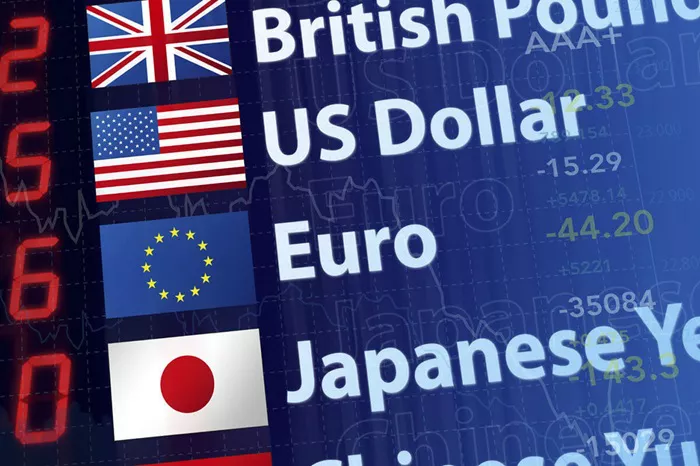Benchmark Treasury yields are poised to approach a critical threshold, driven by rising inflation expectations and worries about U.S. fiscal spending, according to T. Rowe Price. Arif Husain, the firm’s chief investment officer for fixed income, who oversees approximately $180 billion in assets, predicts that the 10-year Treasury yield will test the 5% mark within the next six months, which would steepen the yield curve. He noted that the quickest route to 5% would involve shallow interest rate cuts by the Federal Reserve.
Husain’s outlook contrasts sharply with prevailing market expectations of declining yields, especially following the Fed’s recent interest rate cut—the first in four years. This prediction also highlights a growing debate within the U.S. bond market, where robust economic data has sparked questions regarding the pace of future rate cuts.
The last time 10-year Treasury yields reached 5% was in October, marking their highest point since 2007, as markets grappled with fears of sustained high interest rates. If Husain’s forecast holds, significant market adjustments may be on the horizon, particularly since current projections indicate that yields could average 3.67% by the second quarter.
As of Monday, 10-year Treasury yields were holding steady at 4.08%. Husain, a seasoned market veteran with nearly three decades of experience, emphasized that ongoing Treasury issuance to cover government deficits is “flooding the market” with new debt. Simultaneously, the Federal Reserve’s quantitative tightening—its strategy to shrink its balance sheet after years of bond purchases—has diminished a vital source of demand for government securities.
According to Husain, any increases in short-term Treasury yields are likely to be constrained by forthcoming rate cuts, which will further steepen the yield curve.
Deutsche Bank’s private banking division recently projected that 10-year Treasury yields would reach 4.05% by next September, a forecast validated within a month. Meanwhile, the BlackRock Investment Institute advised investors to brace for fluctuations in longer-term U.S. debt yields as new economic data emerges.
The U.S. fiscal situation is showing signs of strain, reinforcing Husain’s analysis. The country’s debt interest burden has surged to its highest level since the 1990s in the fiscal year that concluded in September. Notably, neither former President Donald Trump nor Vice President Kamala Harris has prioritized deficit reduction in their campaigns, highlighting the risks associated with U.S. government debt for market participants.
Husain posits that the most likely scenario for the Federal Reserve involves a series of modest rate cuts, reminiscent of the reductions made between 1995 and 1998. In this context, increased stimulus from China could enhance global growth, providing a clearer outlook for Fed policymakers.
Additionally, Husain mentioned the possibility of a conventional easing cycle that would bring rates closer to the estimated neutral rate of around 3%. He also considered a scenario in which a recession prompts aggressive cuts.
“Investors who share my view that a near-term recession is unlikely should consider positioning for higher long-term Treasury yields,” Husain advised.
Related topics:


